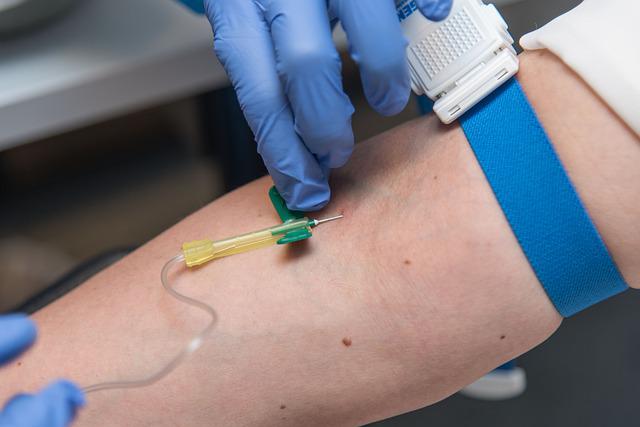When you have a
biochemical blood test, you have to draw blood. However, bruising often occurs on the arm after blood is drawn, do you know why? Most of the reasons for bruising at the arm after a blood draw are caused by improper pressure to stop bleeding after puncture. The following are 5 common causes.
Why does bruising occur?
1. Normally, the nurse draws blood into the needle at a certain angle (according to the requirement that the needle and the skin become 15°). After the needle punctures the skin, it passes a short distance under the skin and then punctures the superficial vein under the skin.
Therefore, there are actually two needle eyes left in the arm, one in the skin and one in the vein.
At this point, if pressure is applied only to the needle eye on the surface of the skin, and the needle eye on the blood vessel is not pressed, the puncture point on the blood vessel will continue to bleed and accumulate under the skin, slowly turning into a bruise. In serious cases, subcutaneous hematoma may appear.
2. Insufficient time for pressure is also an important cause of subcutaneous bruising. If the pressing time is too short, the needle eye is not completely closed and will continue to bleed resulting in bruising.
3. Moving the swab back and forth or rubbing the eye of the needle while pressing will cause the blood vessel that has been clotted to bleed again and cause bruising under the skin.
4. Check whether there is bleeding while pressing after drawing blood. This not only affects the speed of hemostasis, but is also more likely to lead to bruising.
5. Lifting heavy objects after compression also tends to cause the newly healed blood vessels to continue to bleed and cause bruising.
In order to avoid bruising, what should we do?
1. Choose the right position for pressure. Three fingers method for compression. The middle finger is located at the epidermal bleeding point, and the index finger and ring finger are placed in the upper and lower parts in line. This is because when drawing blood, the needle stabbed obliquely into the blood vessels, a needle under the actual two bleeding points, all pressed to prevent bruising.
2. Master the correct technique. You need to press lightly with straight elbow for 3-5 minutes.
What should we do if there is already bruising?
Usually there is no need for special treatment, the bruise will fade on its own within 1 to 2 weeks and will not affect the body.
You can also apply a cold compress followed by a hot compress. An immediate cold compress will reduce blood flow and minimize bruising. Wrap an ice pack in a towel, or soak the towel in cool water for a while to apply a cold compress to the affected area for 10 minutes. Repeat the cold compress every 20 minutes or so. After 24 hours of blood draw, you can choose to apply a hot compress with a warm towel to promote local blood circulation and dissipation of bruising.
These are the causes and solutions of bruising after blood sampling. I hope this will be helpful to you.



